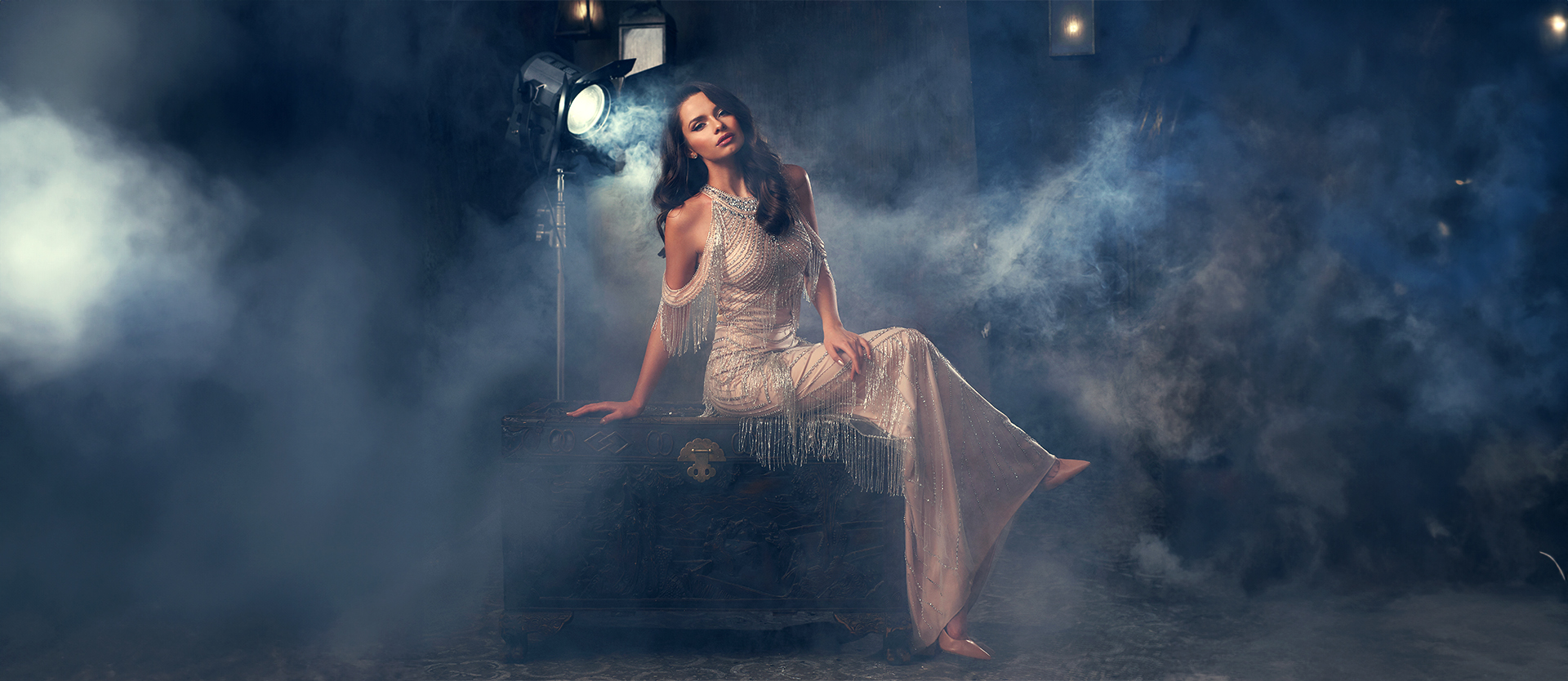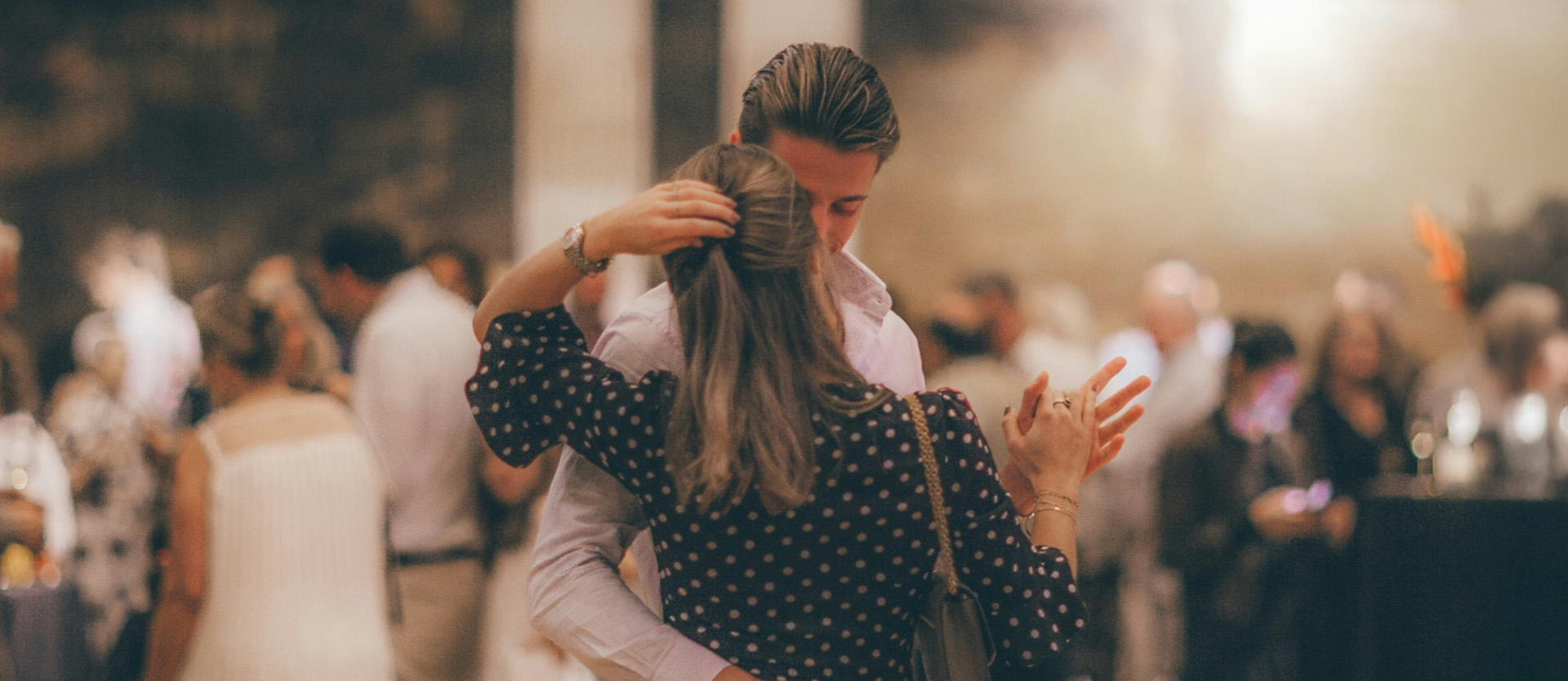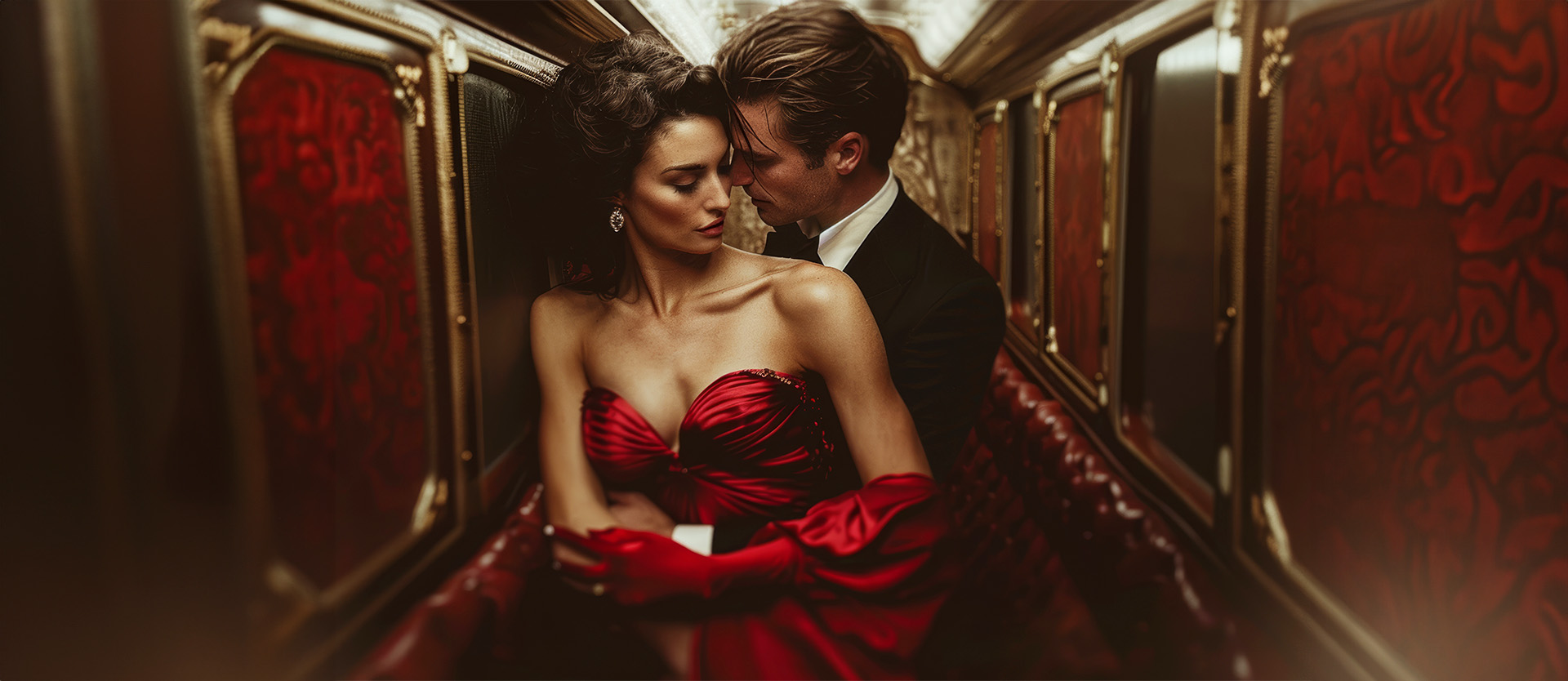We all know the scene: Vivian Ward (Julia Roberts) is presented with a gorgeous diamond and ruby necklace by Edward Lewis (Richard Gere). Gobsmacked, she reaches out carefully, the glistening jewels reflecting on her flawless skin, when suddenly, Edward snaps the lid of the gift box shut, the loud snap eliciting a full-throated laugh from Vivian (a Roberts trademark, aside from her luxuriant auburn tresses. Gere improvised the scene from Pretty Woman (1990)–Roberts’s reaction was spontaneous–and her reaction made the USA fall in love with her. It’s a movie moment that speaks to new love, a perfect match, and the giddy highs of unhurriedly perfect romance. And as much as it is something of a modern fairytale or the ideal girls’ night in with Netflix, it certainly is not an accurate portrayal of Hypergamy. This seeming disconnect made me wonder about other TV shows and movies, specifically how they present Hypergamy to viewers.
Off the bat, let’s clarify that Hypergamy has been around forever. In one form or another, it has been practiced throughout history and worldwide. It’s natural to lean into the idea that, as partners, we are each providers in our way. We also see iterations of this exchange dynamic play out on tabloid front pages all the time: Meghan Markle and Prince Harry, Raven Lyn Corneil and Jack Dorsey, Grimes and Elon Musk, quite a few professional athletes’ partners, while the entire suite of Real Housewives flirts with power dynamics and social mobility on a level that borders on the unhinged.
It’s a fair assumption that many of us secretly–and some not so secretly–love the idea of dating with social status in mind. And many nowadays use dating sites to stop daydreaming and instead live the dream,
By exploring the portrayal of hypergamous relationships in TV shows and movies, we gain insight into how media shapes our perceptions of romance, power dynamics, and social mobility. By examining both accurate and somewhat misleading representations, we can appreciate the art of nuanced storytelling and develop a critique of perpetuated stereotypes.
Hypergamy in the movies: Crazy Rich Asians
Some celluloid portrayals are more accurate than others, however. “Crazy Rich Asians,” the 2018 surprise hit film directed by Jon M. Chu and starring Constance Wu, Henry Golding, and Michelle Yeoh, is one example of a movie that gets it right. The reason for its nuanced understanding of love, or relationships, as finely tuned structures is undoubtedly due to its being based on the satirical 2013 romantic comedy novel by Kevin Kwan. Kwan has stated that his intention when writing the novel was to “introduce a contemporary Asia to a North American audience.” He also claimed the novel was loosely based on his childhood in Singapore. In “Crazy Rich Asians,” Rachel Chu (Wu), an economics professor, discovers her boyfriend, Nick Young (Golding), belongs to one of the wealthiest families in Singapore. The film–and the book–explore their relationship amid the pressures and expectations of Nick’s elite family, and it authentically portrays some of the challenges of hypergamy, especially when it comes to cultural and familial expectations. Rachel’s efforts to fit into Nick’s high-society world highlight the social and emotional complexities of marrying into wealth. And while Nick’s status initially suggests a power imbalance, the film evolves to show Rachel’s strength and integrity shine through, suggesting true compatibility and illustrating that respect balances all scales.
“Crazy Rich Asians” stands in stark contrast to the aforementioned “Pretty Woman,” which only serves to enhance a stereotypical view of Hypergamy. A wealthy businessman in need of arm candy for corporate events secures the presence of a “pretty woman” for a week, and they fall in love. The fairy-tale disposition of the story suggests that love and lavish gifts can bridge social gaps without addressing deeper societal issues. The film glosses over exceedingly obvious inherent power imbalances that exist between Edward and Vivian, while the focus on material transformation–clothes and manners–may mislead viewers into thinking that external changes are sufficient for acceptance in broader social circles. The film fails to elaborate on the partnership between aspects that make Hypergamy, such as a successful alternative to conventional dating and all but ignores the journey that two people undertake, each contributing something worthwhile and emerging as a power couple.
TV night–PrimeTime Hypergamy
It’s a similar trap to the one that befalls “Gossip Girl,” a series that follows the lives of privileged teenagers on Manhattan’s Upper East Side, focusing on their romantic and social exploits.
The show often romanticizes hypergamy, portraying relationships as glamorous and dramatic without addressing the potential emotional toll and moral compromises. Its raison d’être is the sense of satisfaction that comes from watching people buttressed by serious money and schadenfreude, drinking cocktails at exclusive clubs. And while characters like Blair Waldorf and Serena van der Woodsen (those names?!?) navigate complex social hierarchies, the series often reduces relationships that hint at power dynamics to mere plot devices, lacking in-depth exploration of their implications. Hypergamy it is not.
“Downton Abbey,” on the other hand, is closer to the essence of Hypergamy, and how could it not be, considering that the historical drama follows the formidable aristocratic Crawley family and those who love them well into the early 20th century?
The travails of the family that reside at Downton Abbey provide a compelling depiction of the social changes and related challenges of Hypergamy during the early 20th century. Characters such as Lady Sybil and Tom Branson illustrate the complexities and opportunities that arise from marrying outside one’s financial and social class, in the case of the Crawleys. The show adeptly portrays these relationships with depth and detail, revealing both the difficulties and rewards of hypergamous unions. The narrative balances romance with realistic depictions of societal resistance and personal sacrifices.
A (Somewhat) Classical Look at Hypergamy
George Bernard Shaw’s 1913 play, “Pygmalion,” is a fascinating case to explore within the context of Hypergamy. The play, which later inspired the musical “My Fair Lady,” centers on Eliza Doolittle, a flower seller, who seeks help from phonetics expert, Professor Henry Higgins, to improve her speech and manners so she may obtain a better job. Higgins accepts the challenge and successfully transforms Eliza into someone who can pass as a duchess at an ambassador’s garden party. The play examines themes of social class, identity, and human relationships.
Eliza’s desire to improve her social status through speech and manners reflects a realistic aspect of Hypergamy. Her transformation highlights the importance of cultural capital–education and etiquette–in social mobility.
From the get-go, the relationship between Higgins and Eliza is fraught with a power imbalance: Higgins exerts control over Eliza’s transformation, initially treating her more as a project than as an individual. Eliza however gradually asserts her agency, and by the end of the play, she confronts Higgins, indicating her growing self-awareness and independence. Eliza’s personal journey is empowering, and her ultimate assertion of her own identity challenges the notion that social status is the ultimate goal.
Of course, we need to pause for a moment and admit that the focus on external transformation in Eliza’s speech and manners can be misleading. It borders on the superficial. And while these changes help Eliza fit into the sector of society, they don’t address deeper societal prejudices and the inherent value of individuals beyond their social status, a quality it shares with “Crazy Rich Asians.” Modern Hypergamy flourishes on diversity and the concept that we are better for what we bring to the table than trying to mold ourselves to match the table!

Finding Perfect Harmony for YOU
The portrayal of hypergamous relationships in TV shows and movies varies widely, from idealized and unrealistic fairy tales to complex, realistic narratives. Accurate depictions offer valuable insights into the emotional and social intricacies of these relationships, while misleading portrayals can perpetuate stereotypes and simplistic views.
By critically engaging with these media representations, we develop a nuanced understanding of Hypergamy, recognizing its potential for genuine and balanced power relationships. Hypergamy is about finding an optimal partner to meet one’s needs on multiple emotional, intellectual, and practical levels.
At Seeking, we appreciate that life is not a TV show. Building a future with the right someone is about ambition and celebrating your triumphs. We also appreciate the intricacies of shared goals. And that connection is not solely based on physical attraction but also shared aspiration, intellectual curiosity, and a desire for a fulfilling partnership.












